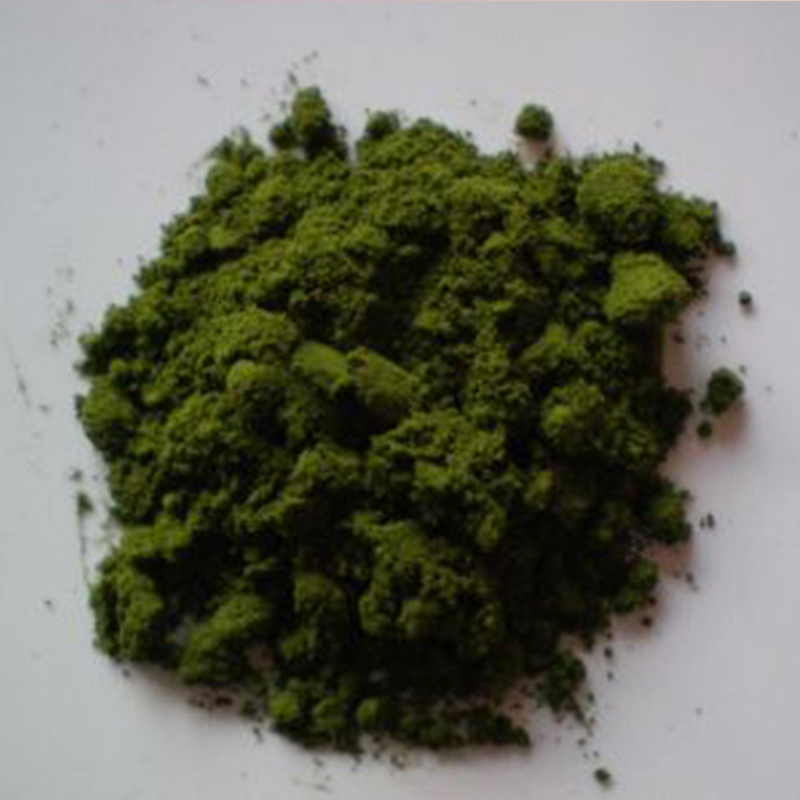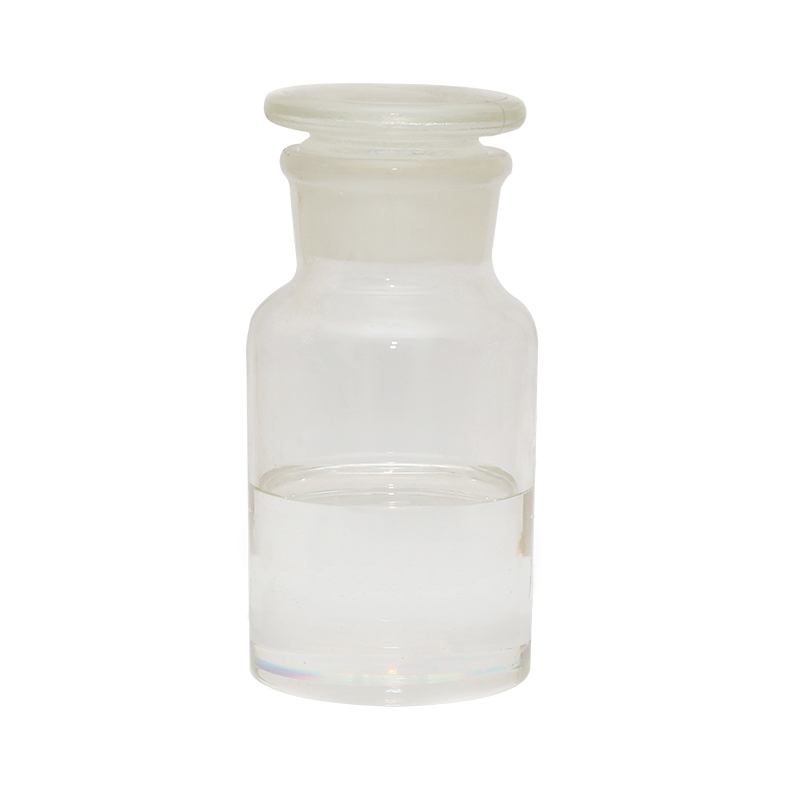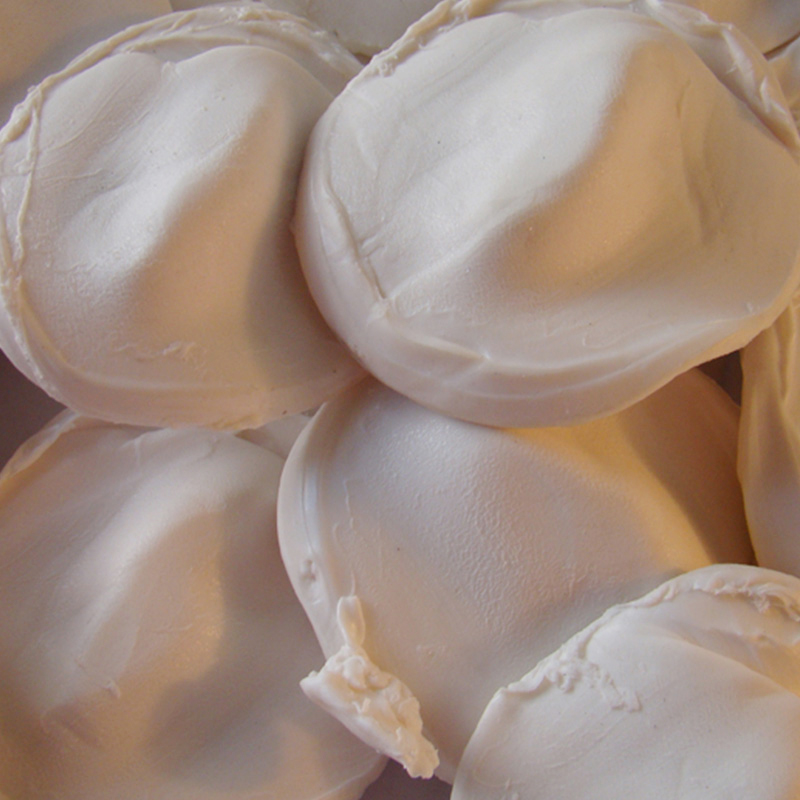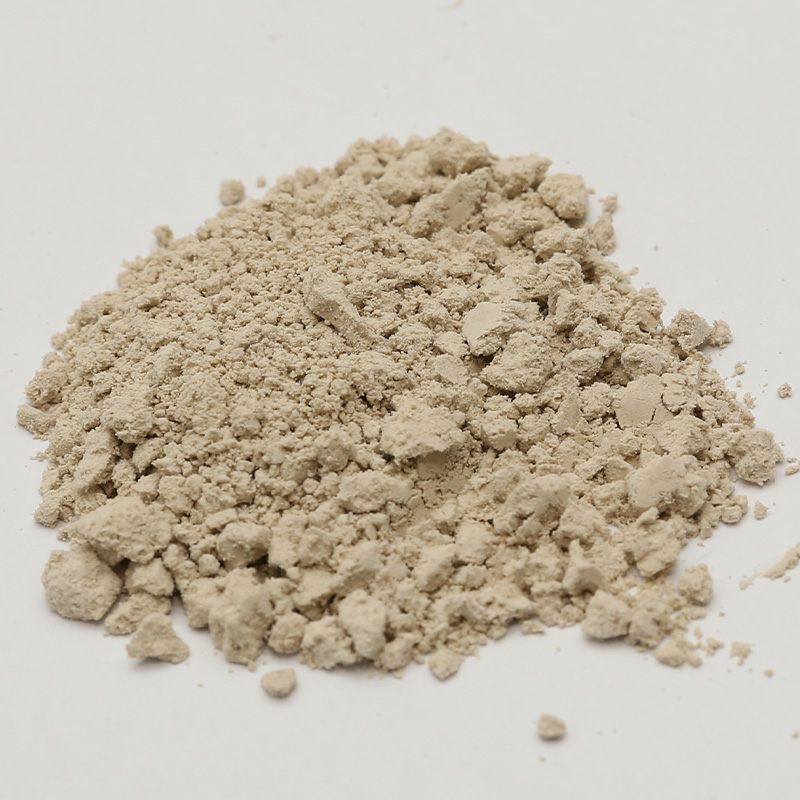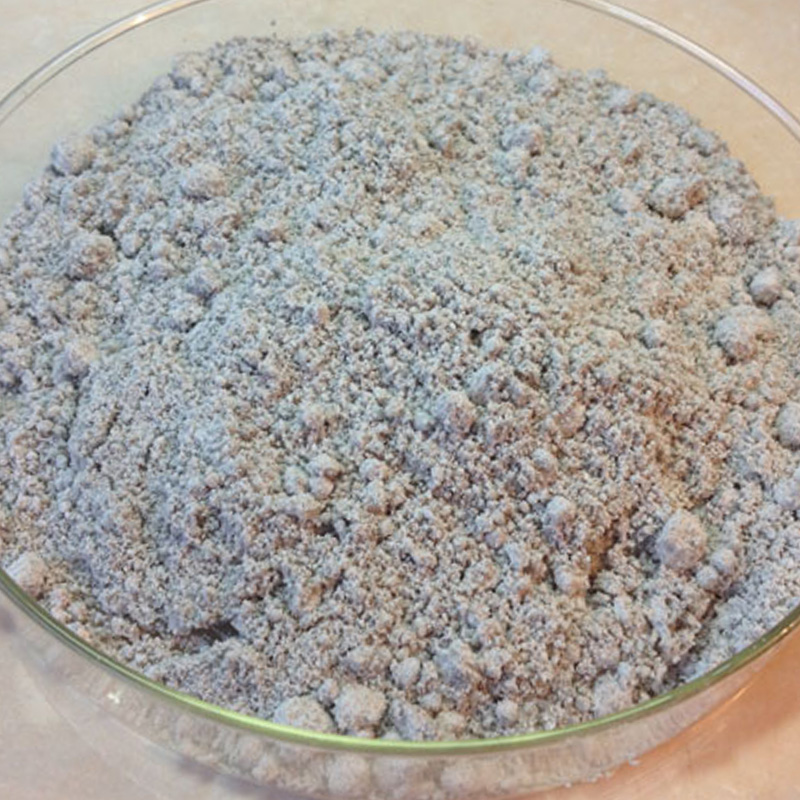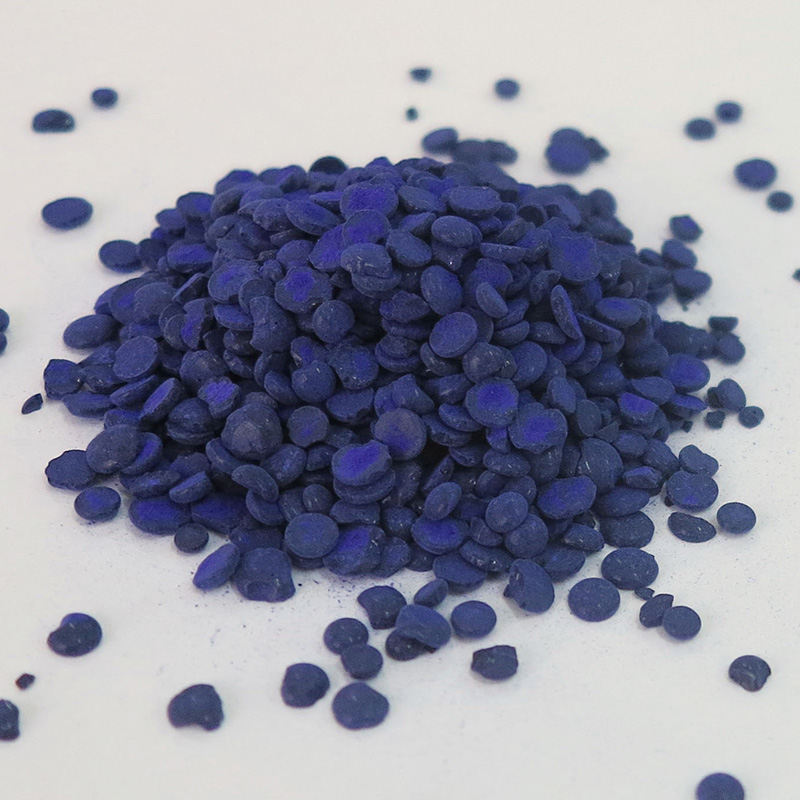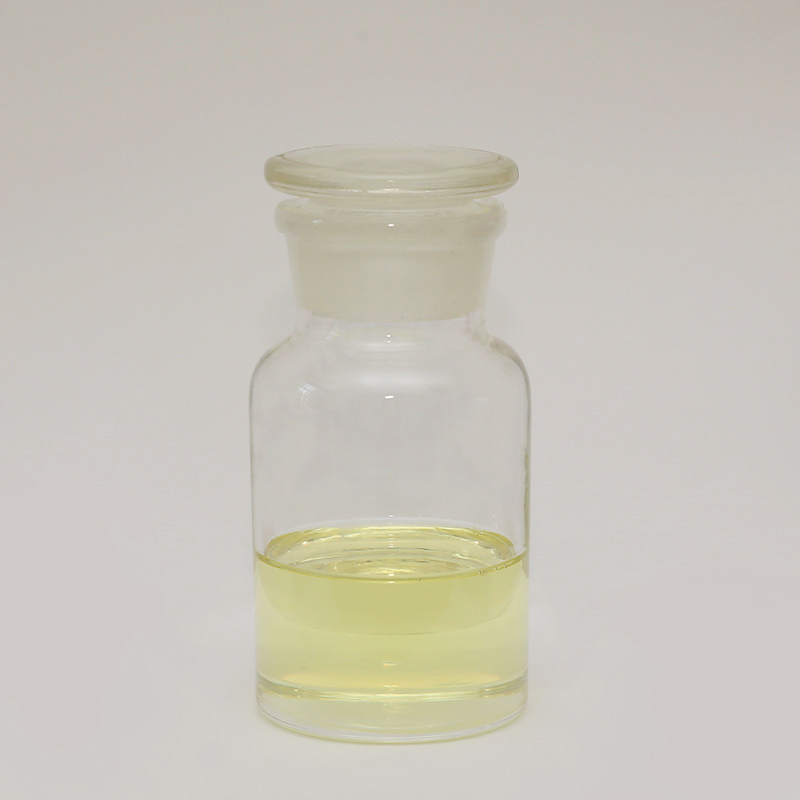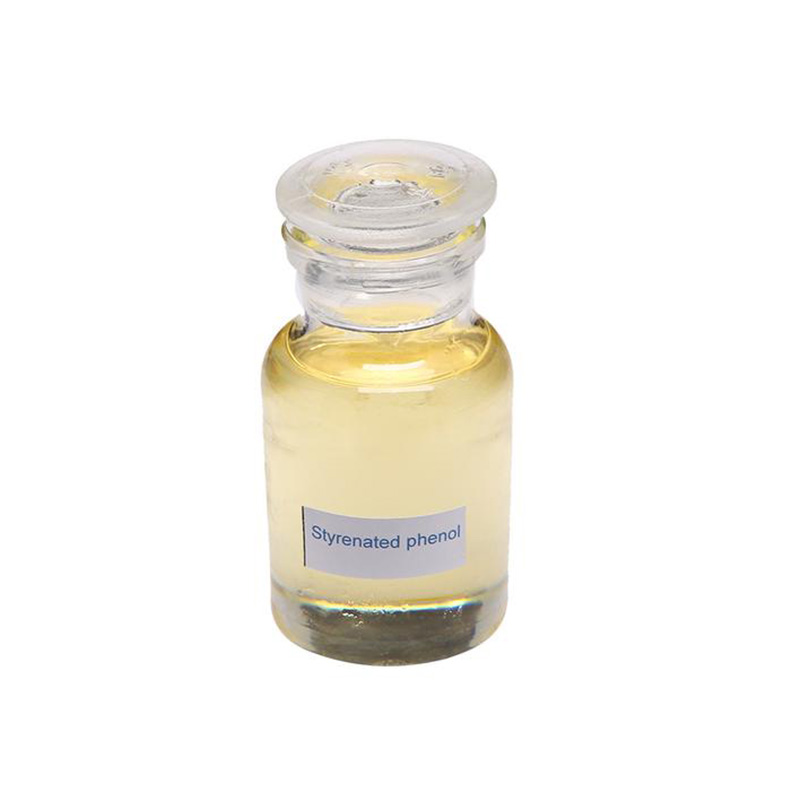Shear Forces and Homogenization
Homogenizing agents play a critical role in stabilizing emulsions, suspensions, and colloidal systems across industries such as food, cosmetics, pharmaceuticals, and chemicals. The type of homogenization equipment used can significantly influence the choice and performance of the agent. Specifically, high-shear and low-shear homogenizers create very different flow conditions and energy inputs, which affect how the agent interacts with dispersed particles or droplets. Understanding these differences is essential to ensure suitable dispersion, stability, and overall product quality.

High-Shear Homogenization and Agent Requirements
High-shear homogenizers apply intense mechanical forces to break down particles or droplets into extremely small sizes. This process increases surface area and exposes the interface between the dispersed and continuous phases. Homogenizing agents in high-shear systems must possess strong interfacial activity to rapidly adsorb onto these newly created surfaces. Agents with quick adsorption kinetics and robust molecular structures are preferred, as they must resist displacement under shear conditions. Additionally, high-shear systems may generate heat, so thermal stability becomes a crucial factor. Synthetic surfactants and crosslinked polymers often perform better in these scenarios because they can maintain activity despite rapid shear-induced disruption.
Low-Shear Homogenization and Agent Requirements
Low-shear homogenizers apply gentler mechanical forces, which are sufficient for moderately sized particles or droplets but do not create the same intense interfacial conditions as high-shear systems. In low-shear environments, homogenizing agents must be effective at maintaining long-term stability rather than immediately adsorbing onto newly formed surfaces. Agents with slower adsorption rates or flexible molecular structures can perform well because the risk of shear-induced displacement is low. Additionally, low-shear processes often rely more on the natural viscosity of the continuous phase and steric or electrostatic stabilization provided by the agent, rather than mechanical energy alone, to maintain uniform dispersion.
Implications for Formulation and Processing
The differences in shear levels have direct implications for formulation strategies. High-shear systems may require lower concentrations of homogenizing agent due to the increased surface area, whereas low-shear systems might need higher concentrations to ensure full coverage and stability. The choice of molecular weight, charge density, and solubility profile must be tailored to match the specific shear environment. In some cases, a combination of agents is used to balance immediate interfacial stabilization with long-term dispersion integrity, ensuring suitable performance regardless of processing intensity.
Equipment Considerations and Integration
Homogenizing agent performance is closely tied to the equipment used. High-shear devices, such as rotor-stator mixers or ultrasonication systems, impose energy input that can challenge agent stability. In contrast, low-shear devices, including gentle paddle mixers or in-line low-pressure pumps, provide a less disruptive environment. Understanding the interaction between equipment and agent allows for better process design. Selecting the appropriate agent for each homogenizer ensures dispersion efficiency and decreases product defects.
Tailoring Agents to Shear Conditions
High-shear and low-shear homogenization processes demand different characteristics from homogenizing agents. High-shear systems require agents with rapid adsorption, strong interfacial activity, and thermal resilience, while low-shear systems prioritize long-term stability and slower adsorption kinetics. Matching the agent’s properties to the mechanical environment is critical for achieving consistent, high-quality dispersions. Proper understanding of shear-specific requirements ensures that formulations remain stable and effective across diverse industrial and laboratory applications.



 English
English Português
Português Español
Español русский
русский 中文简体
中文简体

